Do Solar Lights Really Save Money in the Long Run? A Cost Breakdown
Everyone’s talking about going green, and solar lights are often pitched as a win-win: good for the planet, great for your wallet. But do they really save money over time? The idea sounds nice—free energy from the sun, no electric bills—but the reality isn’t so simple. Upfront costs, maintenance, and performance all play a role. Let’s break it down and see if solar lighting lives up to the hype for homeowners or businesses looking to cut costs and carbon footprints.
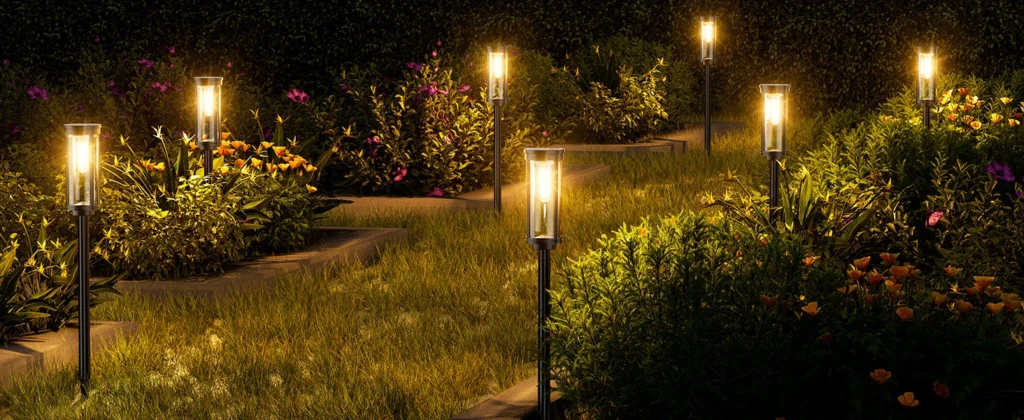
Initial Costs: Solar vs. Traditional Lighting
Solar lights come with a higher upfront price tag than traditional electric lights. A decent solar-powered outdoor light can cost $20-$100 per unit, depending on brightness, design, and features like motion sensors. Compare that to traditional LED or incandescent lights, which might run $5-$30 each. For a home needing, say, 10 lights to cover a yard or driveway, you’re looking at $200-$1,000 for solar versus $50-$300 for traditional.
- Installation Costs: Solar lights are generally DIY-friendly. They don’t need wiring or an electrician, which saves you $100-$500 in labor compared to wired systems. Traditional lights, especially outdoor ones, often require professional installation to meet electrical codes.
- Maintenance Setup: Solar lights have built-in batteries and panels, so no ongoing utility hookup is needed. Traditional lights rely on your home’s electrical system, which means you’re tied to the grid and its costs from day one.
- Hidden Costs: Solar lights need proper placement to catch sunlight—shade or bad angles can tank performance, potentially requiring relocation or additional units. Traditional lights don’t care about sunlight but might need costly repairs if wiring gets damaged.
The keyword here is investment. Solar lights demand more cash upfront, but their self-contained nature cuts installation and setup expenses significantly.
Long-Term Savings: Energy Costs vs. Maintenance
The big draw of solar lights is zero electricity costs. They pull energy straight from the sun, so once they’re installed, you’re not adding to your utility bill. For context, a traditional outdoor LED light (10-20 watts) running 8 hours a night might cost $5-$15 per year per light, depending on local electricity rates. For 10 lights, that’s $50-$150 annually. Solar lights? $0 in energy costs.
But it’s not all free sunshine. Solar lights have batteries that degrade over time, typically lasting 2-5 years. Replacing them costs $5-$20 per light, and if you’ve got a dozen lights, that’s $60-$240 every few years. Plus, solar panels can get dirty or damaged, requiring occasional cleaning or repairs. Traditional lights, on the other hand, have minimal maintenance beyond replacing bulbs (LEDs last 10+ years) or fixing wiring issues, which are rare but pricey when they happen.
- Energy Savings: A household with 10 solar lights could save $500-$1,500 over a decade in electricity costs, assuming moderate usage and average U.S. rates (about $0.15/kWh).
- Battery Costs: Over that same decade, you might replace batteries twice, costing $120-$480 total. This eats into savings but doesn’t erase them.
- Performance Risks: Solar lights depend on weather and location. Cloudy regions or short winter days can reduce output, meaning you might need backup lighting or higher-quality (pricier) solar units.
The savings from solar lights are real but not infinite. You’re trading electricity bills for periodic battery replacements and the occasional hassle of ensuring panels stay clean and functional.
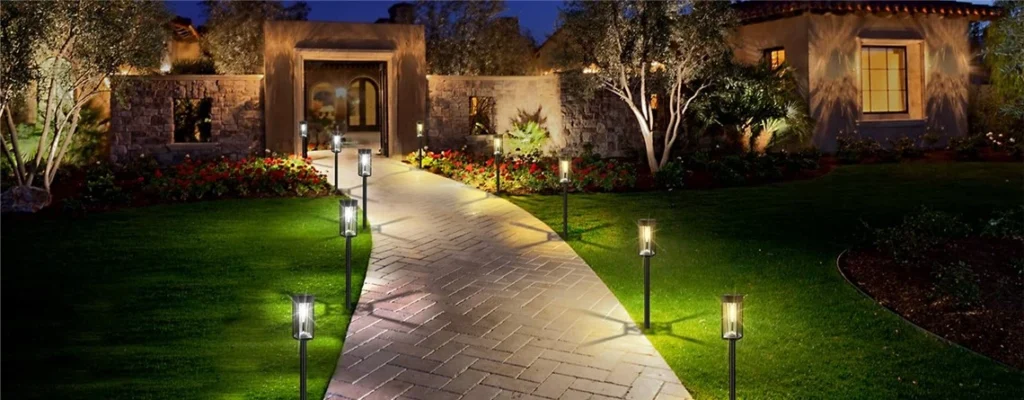
Should You Switch to Solar in Bulk?
For homeowners or businesses considering a full switch to solar lighting, the decision hinges on return on investment (ROI) and practicality. Let’s run some numbers. Suppose you’re outfitting a small business with 20 outdoor lights. Solar lights at $50 each total $1,000 upfront, plus $200 for battery replacements every 3 years. Traditional lights cost $400 upfront, $400 for installation, and $300/year in electricity. Over 10 years:
- Solar Costs: $1,000 (initial) + $400 (batteries, 2 replacements) = $1,400.
- Traditional Costs: $400 (lights) + $400 (installation) + $3,000 (electricity) = $3,800.
- ROI: You break even in about 2-3 years, then save $2,400 over the decade.
For homeowners, the math scales down but follows a similar trend. A $500 investment in 10 solar lights saves $500-$1,000 in electricity over 10 years, minus $100-$200 for batteries. Break-even happens around year 3-4.
- Practical Tips:
- Start Small: Test solar lights in high-use areas like driveways or patios to gauge performance before committing to a full switch.
- Check Your Climate: Solar works best in sunny regions. If you’re in a cloudy area, invest in high-quality units with better batteries or keep some traditional lights as backup.
- Look for Incentives: Some local governments offer rebates for solar installations, which can offset initial costs.
- Maintenance Plan: Budget for battery replacements and set a schedule to clean panels every 6-12 months to maximize efficiency.
Businesses with large outdoor spaces (parking lots, campuses) see faster ROI due to higher electricity savings. Homeowners might take longer but still benefit, especially if they value the eco-friendly angle or live off-grid. The keyword is worth—it depends on your budget, location, and how much you prioritize sustainability.
Conclusion: Balancing Investment and Returns
Solar lights do save money in the long run, but it’s not a slam-dunk. The upfront cost is higher, and battery replacements add a recurring expense. However, the lack of electricity bills and minimal installation costs make them a smart choice for most households and businesses. Expect to break even in 2-4 years, with savings piling up after that. Beyond the dollars, solar lights cut your carbon footprint, which aligns with growing environmental awareness. If you’re in a sunny area and plan to stay put for a few years, they’re a solid investment. For cloudier climates or short-term setups, you might want to mix solar with traditional lights to hedge your bets.
Ultimately, the value of solar lights comes down to your priorities—saving cash, reducing environmental impact, or both. They’re not a magic bullet, but for most people, the math and the planet both say it’s a move worth considering.

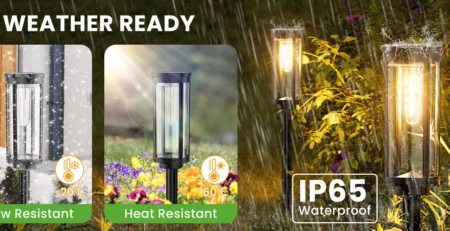

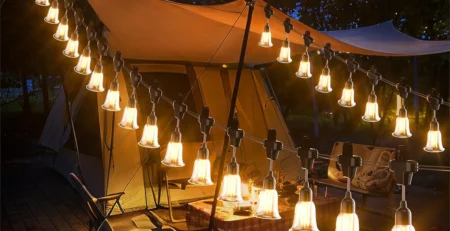
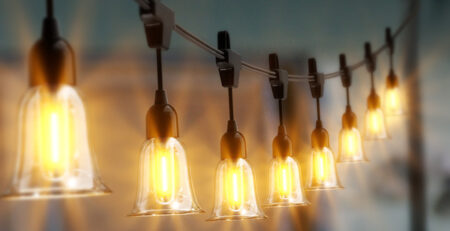
-2-450x231.webp)
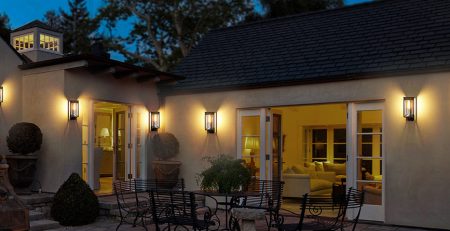
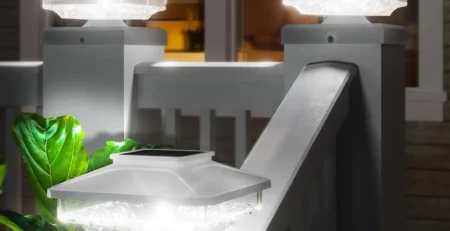
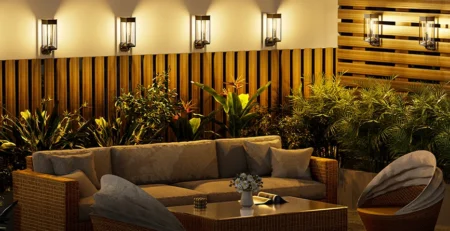
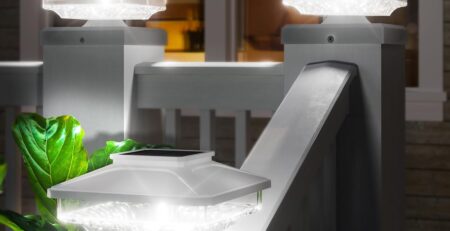
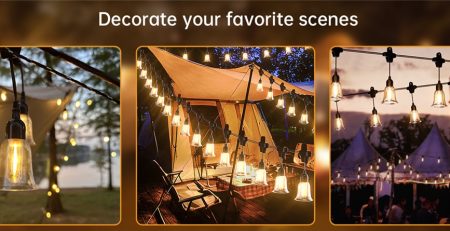
Leave a Reply